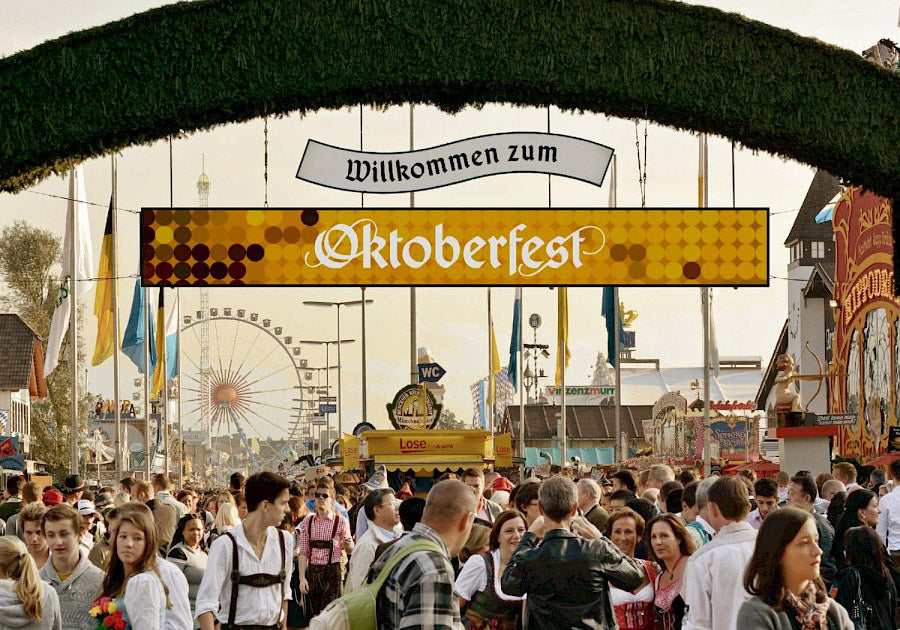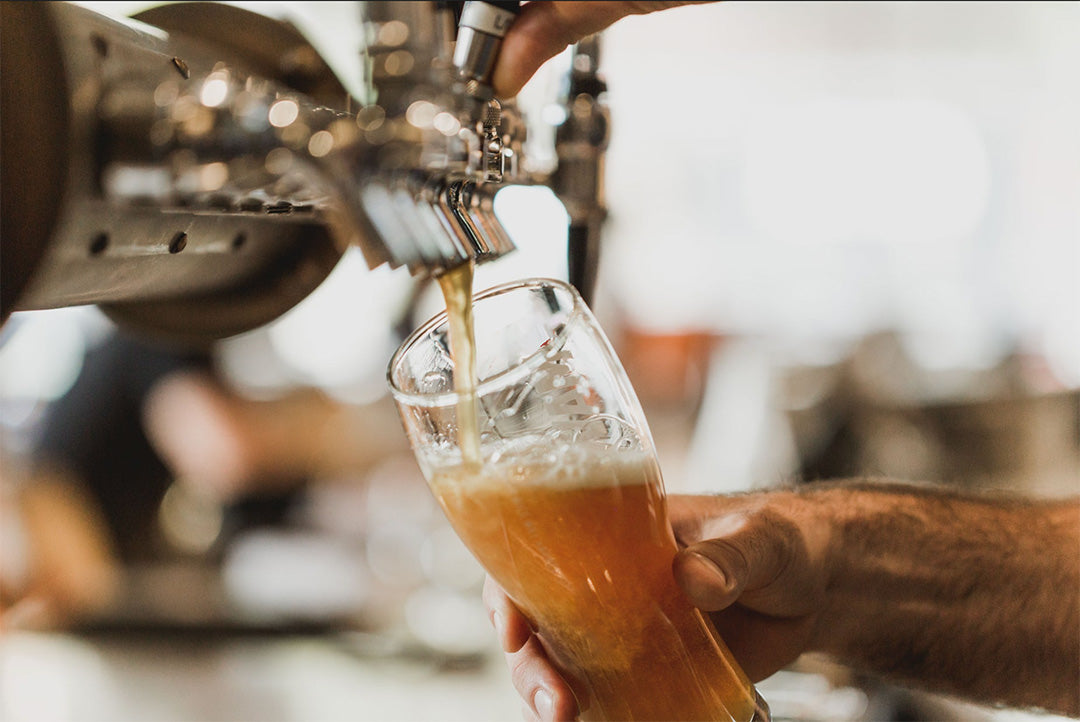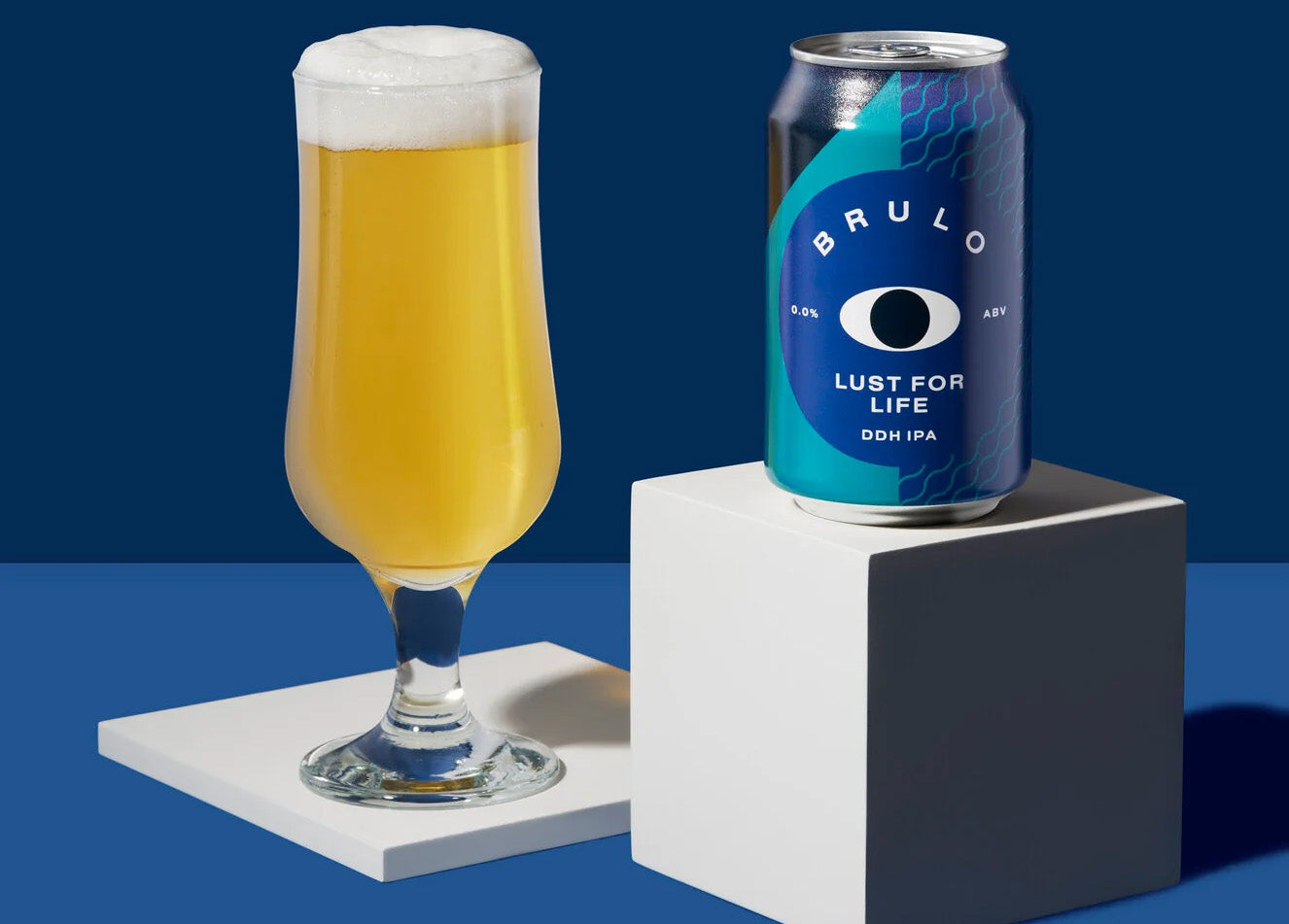
There’s Still Magic in Mild - by Matt Curtis
March 21, 2023

Author: Matt Curtis
Once a staple in pubs up and down the land, how did Mild end up becoming an unfashionable, near forgotten style to so many beer drinkers?
For a long time there’s been a sense that Mild is, well, a bit boring. It’s something your dad would drink, and belongs in the same category as flat caps, and pipe smoking – it’s a beer that represents a different time, and a different place.
In recent months, however, there seems to have been a buzz growing around Mild. Dare I say it, but it’s becoming fashionable among a certain kind of beer drinker: those who are perhaps jaded with the onslaught of increasingly hazy, gloopy beers, and just want a nice pint that tastes reassuring.
Mild is the perfect pub beer. This is because it has just enough flavour to keep it interesting, but also doesn’t hold your attention for too long, allowing you to concentrate on what, and more importantly who, is around you, rather than the beer you’re holding onto. Its low ABV also means you can drink more of it, which is great, because this means you can spend more time in the pub, and with your friends. This, really, is the point of beer in the first place.
I’ve been thinking about why Mild became symbolic of a more haggard, traditional viewpoint within beer, and after plenty of consideration, I think the hop merchants are to blame.
Over the past couple of decades the hop industry has grown its revenues by billions, cashing in on the global brewery boom that began in the USA, but eventually spread all over the world. When new breweries opened, they wanted to focus on replicating what had been so successful in America: stronger, more intensely hopped beers such as IPA and Pale Ale. And, for a certain kind of enthusiast, only the beers that featured the newest hop varieties, in the greatest quantities, would be enough to trigger that sensation of joy that beer is designed to provide.
The US hop industry has grown in sync with its brewing sector, and is now the largest hop growing region in the world, accounting for 47% of all hops cultivated annually. Germany, which was the leader in this sector for many years beforehand, is now in second place at just 38%. Here in the UK, we contribute a measly 1% from our 58 remaining working hop farms.
It’s not just a case of size for the US growers however, but the varieties that they have access to. Citra, now the most cultivated hop variety in the entire world, was only made commercially available in 2008. I remember visiting a brewery in 2016 who fought tooth and nail to get hold of some, such was its scarcity, but now it – and the vibrant, zesty flavours it produces – are readily available to the majority of beer producers. So too are some of the even more intensely aromatic varieties that followed, such as Mosaic, Strata, and Talus, to name a handful.
This is important to the story of Mild, because as a style it is the antithesis to hoppy beer. While a well made Mild will use hops to deft affect, so that the beer is dry, and not cloying, this is a style that is designed to showcase the glory of malted barley.
But the malt industry didn’t jump on the marketing bandwagon like the hop merchants did. Instead of coming up with new, more intensely flavoured varieties with catchy names like Vista, Eclipse, and HBC586 (ok, maybe not that one specifically). Maltsters continued to rely on consistency and tradition, ensuring that heritage varieties such as Maris Otter and Golden Promise, that have been in production for over 50 years, remain at a high quality.
Something shifted after the pandemic, however. Maybe it was a little bit of people missing the pub, but I think, moreso, it was demonstrative of a certain breed of beer enthusiast becoming fatigued by the constant stream of new releases, and ever more heady concoctions of flavour. They just wanted a nice pint, something like a Best Bitter, or perhaps a Golden Ale. This is what gave Mild the chance to pop its foot back in the door, which it appears to have taken advantage of. I see this as an opportunity to better understand and appreciate the style for its special magnificence.
The term Mild is an interesting one, and a little bit contentious among beer historians. In the pre-war/industrial revolution era, “Mild” was just an indicator that a particular beer was fresh. It wasn’t necessarily a weak beer either, with a denomination of one to four X’s indicating the beer's strength. A XXXX Mild would likely have been pushing double digits in terms of alcohol by volume.
Beer that wasn’t freshly made was referred to as “Old”, or “Stock” ale and often drinkers would request a mix of fresh and old beer to get it tasting the way they liked — or perhaps disguise the taste of what would have undoubtedly been some incredibly funky, possibly sour beer.
This changed after the Second World War, which is when the “traditional” British pub culture as we know it, and lower ABV styles such as Bitter and Mild, as they exist today, would have emerged. Although Mild would have not necessarily been dark in colour, some of the most popular ones of the time were, and so the association developed.
If a traditional Dark or Ruby Mild is something you're keen to try, there really are some crackers out there at the moment, with Rudgate Ruby Mild being a perennial go-to whenever I see it on the bar. I’m also immensely fond of the collaboration released by Thornbridge and Bundobust Brewery each spring, which is a wonderful, classic example of the style. There are still some Light Milds out there though, if you know where to look, with a good example being Timothy Taylor’s Golden Best.
Of course, to try the above you’d need to head down to a good pub and enjoy them on cask, as nature intended. And if you’re lucky enough to live in Manchester then you’ll be pleased to know that Stockport and South Manchester CAMRA run Mild Magic from March 31st to May 14th. With over 100 venues taking part this year, there’s never been a better opportunity to reacquaint yourself with this wonderful beer style, and the pubs that serve it.
Don’t worry if you can’t make it, however. The good news is that you can just as easily enjoy a glass of Mild at home, and here are a couple of examples I’ve been enjoying lately.

You can always trust Manchester stalwarts Marble to produce a cracking beer, regardless of the style they turn their hands to. As such, its version of a Mild – which uses a combination of eight different malts – is a certified malty banger. Expect a subtle mixture of chocolate and freshly ground coffee on the palate, with a dusting of white pepper in the finish, making it snappy, drinkable, and very moreish.
Boxcar Light Mild (3.6% ABV)

While perhaps better known for its Dark Mild, Boxcar Brewery also does a delicious Light Mild. While golden in appearance, the focus here is still on bringing the best out of the malt, so expect subtle notes of vanilla and almond, with a dry, biscuity finish. Note: sadly Boxcar’s London brewery closed down this month, however, the brand has been acquired by its brewing team, who will still be brewing great recipes. such as this, itinerantly.
— Matthew Curtis





